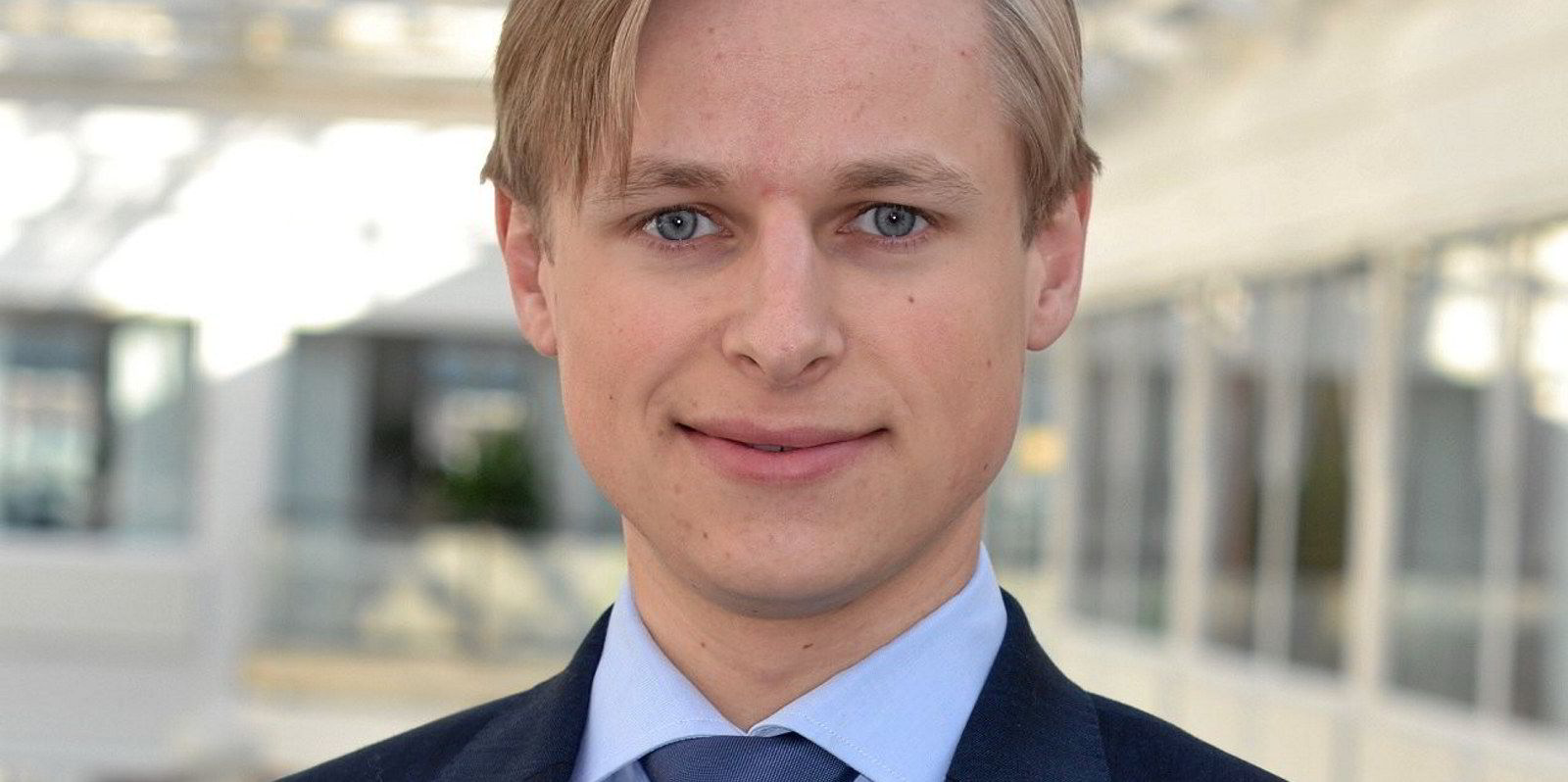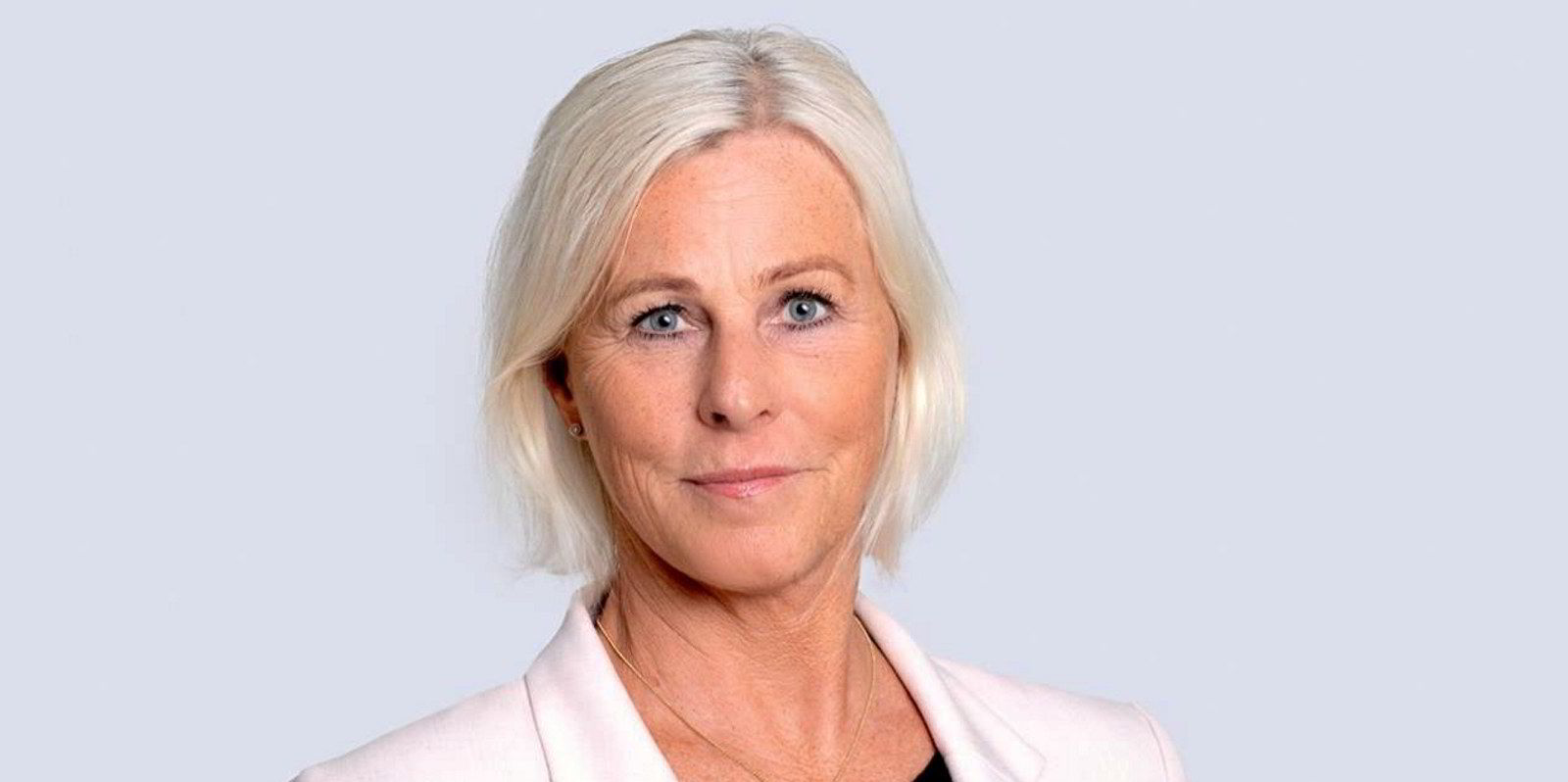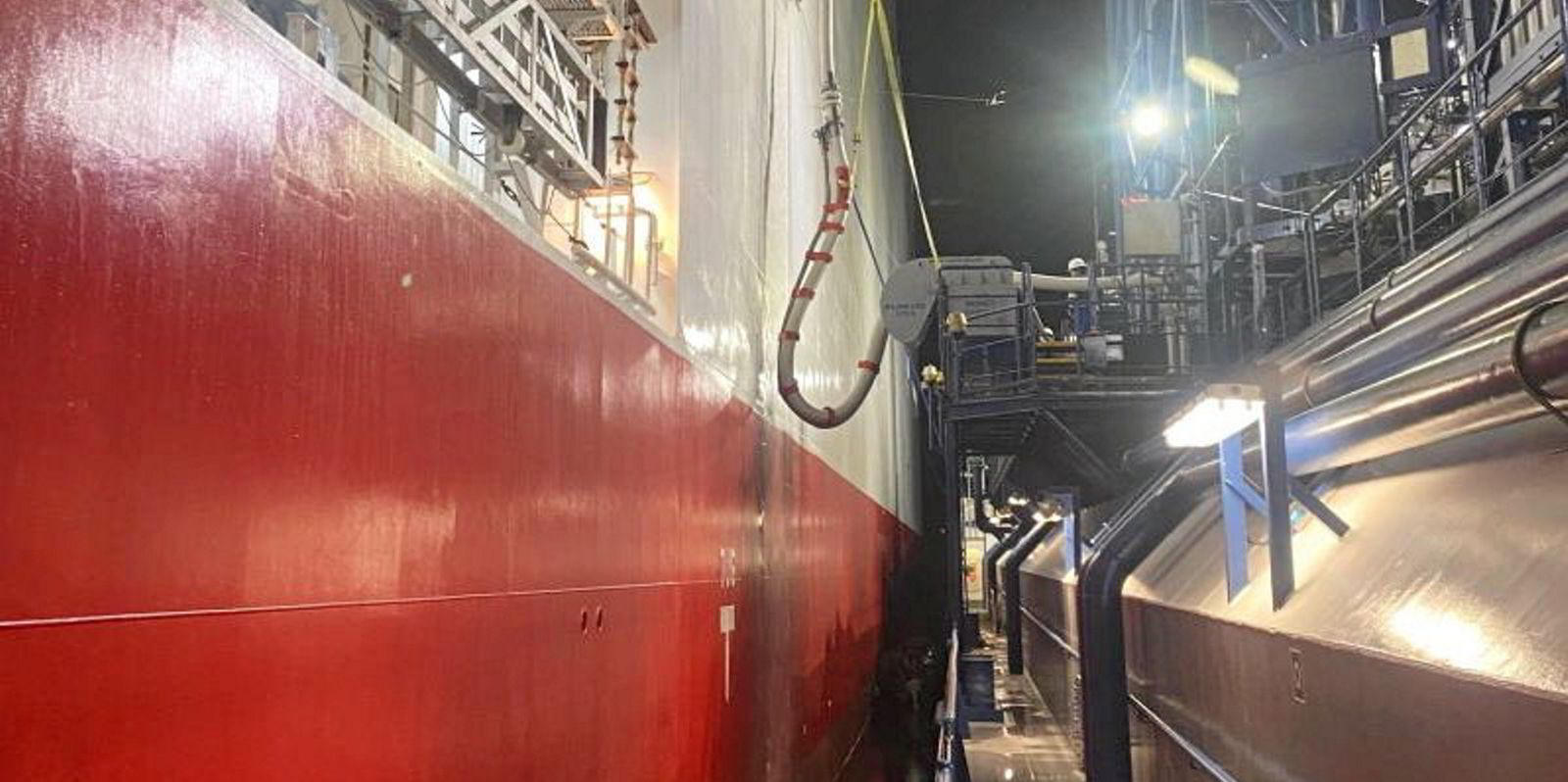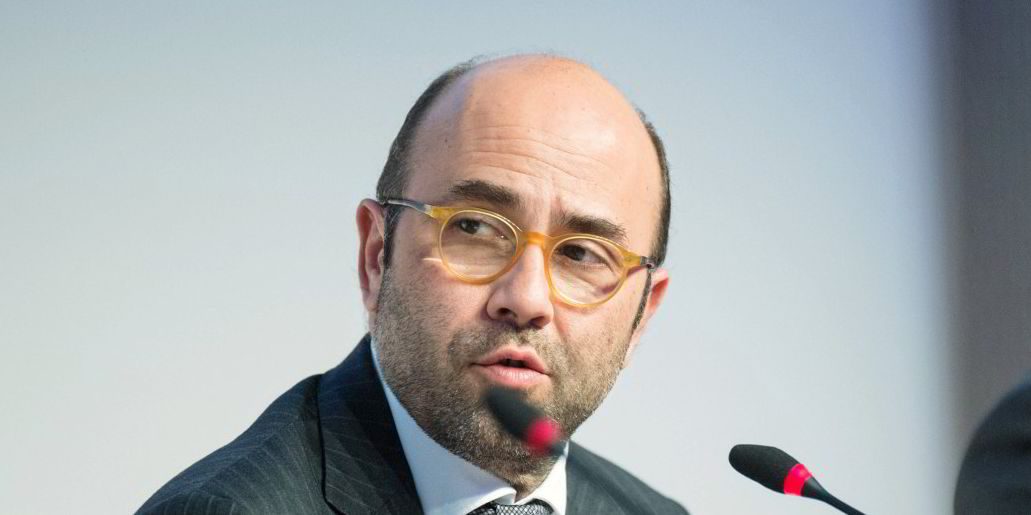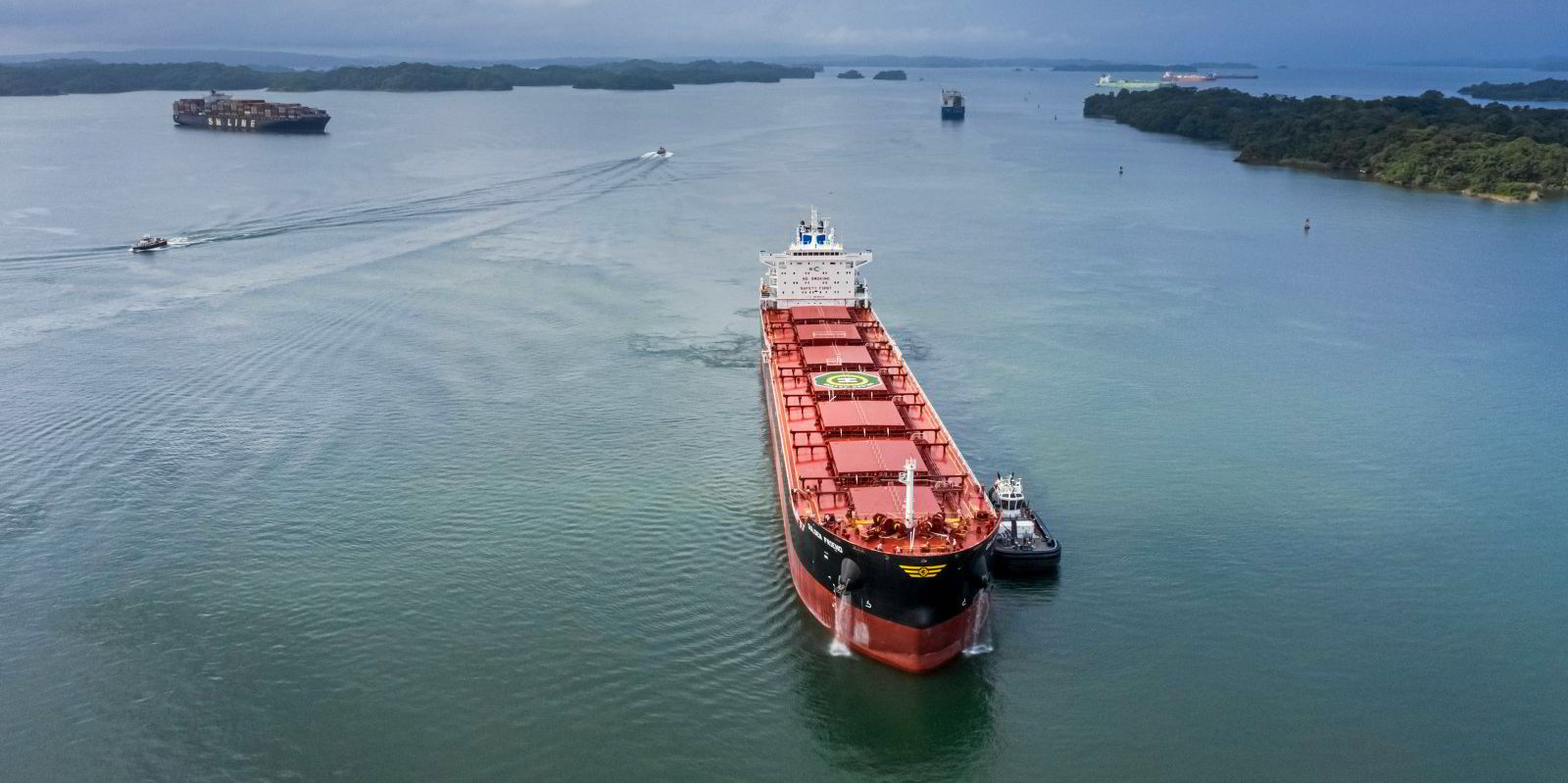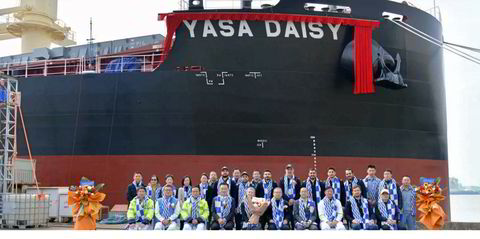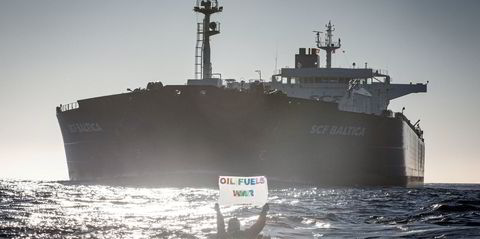Joakim Hannisdahl is exiting equities research and has founded a new shipping hedge fund for Cleaves Securities.
He will cease to be Cleaves' head research analyst next week and will become managing director of Cleaves Asset Management (CAM), which he will manage.
CAM will be a fund with both long and short exposure that will initially focus on shipping.
Hannisdahl said the move has been a long time coming and work has been underway since June last year to establish the fund, which will be marketed to "professional investors".
Its main investment instrument will be equities, but its portfolio will also include mezzanine, bonds and derivatives.
CAM will use its shipping investments as a starting point and plans to hire more staff to head up other portfolios as it branches out in the future.
Hannisdahl said opportunities in carbon capture and related to the world's "green transition" could be other areas in which CAM could focus, and perhaps industrials too.
Right now, CAM is registered in Norway but there are plans to move to a more "investor-friendly" and tax-efficient Irish structure in the next few months, he said.
Why shipping?
"I always loved shipping because it's cyclical so you will always, in most markets, have a cycle is usually maybe four years long," Hannisdahl explained.
"You will, at any given time, often have a lot of opportunities, both long and short."
He said that is why the firm is looking at both long and short positions.
"You don't want to be long shipping over time. ... Over time, people invested in shipping tend to lose their money. So you have to be active throughout the cycle."
Hannisdahl credits his "strict" econometric model in being central to his success over the years. It is also why he's moving on from equities research.
"I've seen over 10 years that I've basically persistently been able to forecast the cyclical inflection points both on the upside and downside, if you look away from our black swan events, like the pandemic," he said.
"So I kind of think it's time to take the next step up the food chain. I'm very happy when people are able to make money out of my advice, but I would like to at least get some more skin in the game myself."
Hannisdahl has been ranked as the number one shipping equity analyst by Bloomberg for the past three consecutive years.
His recommendations have generated a 340% return since 2014, while his private shipping investments has returned 203% since mid-2017, according to CAM's investor material.
Hannisdahl founded Gersemi Research, which was acquired by Cleaves in 2018.
Before that, he was a senior fund manager at Santander Consumer Bank, which had around $2bn of assets under management at that time.
He has actively managed a private shipping equity portfolio since 2017.
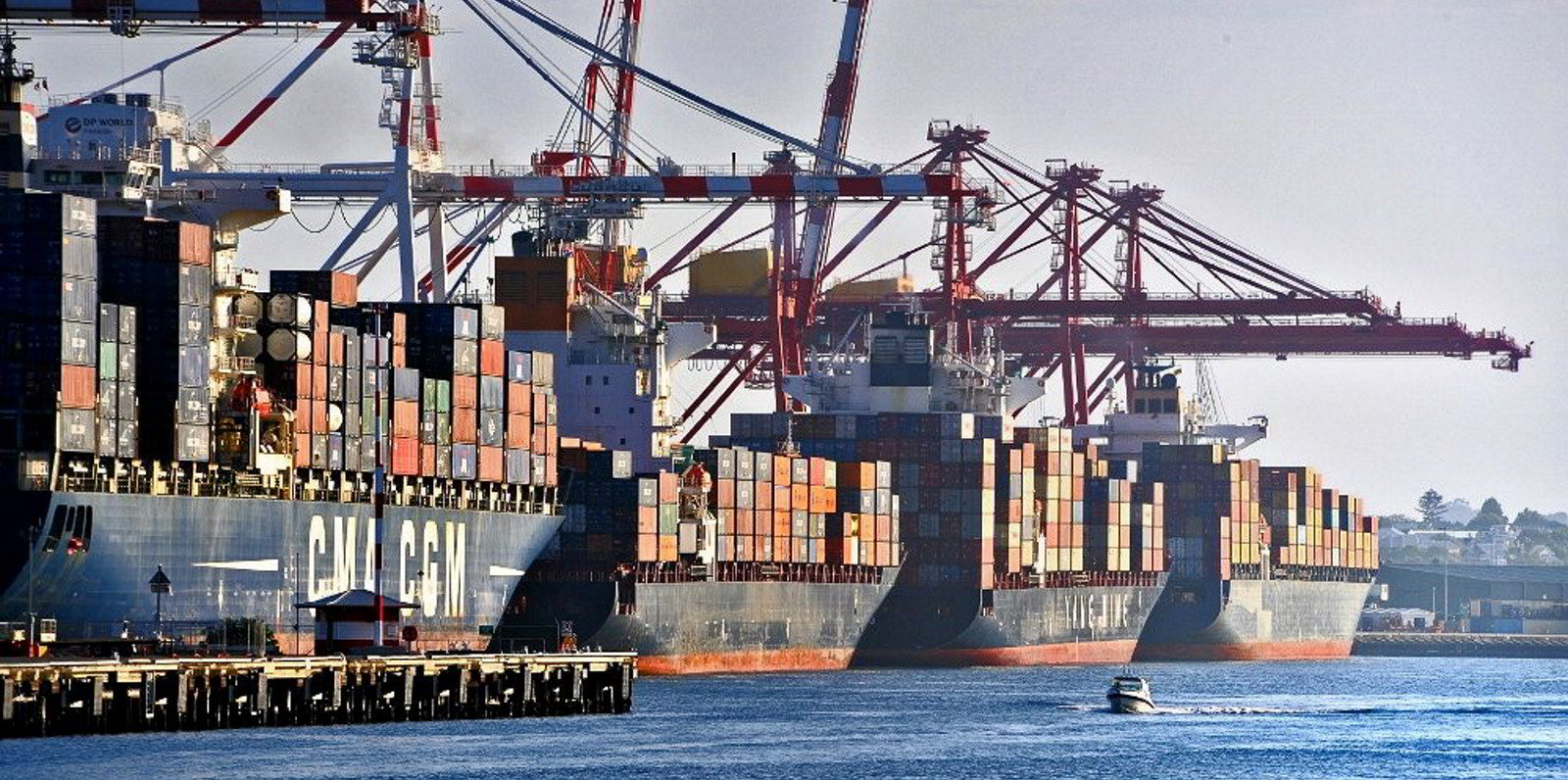
So where are the interesting niches for investment in shipping?
"There are always opportunities, as long as you are able to both go long and go short," Hannisdahl said.
"Right now, I think there's a lot of opportunity ahead in oil tankers, so I expect oil tanker shares to start moving and over the next two years I expect a quite a multiple on the equities side there."
But he said the question is, when will that happen?
"Personally, I'm happy if they could wait a little bit because I want to get the capital and be able to employ it before it happens, but I'm quite confident that will happen at some point."
He also thinks there is further upside in dry bulk, VLGCs and especially in containerships.
"I haven't looked thoroughly at containers yet but, given how the orderbook is growing, my impression is that the big earnings increase we have seen is mainly due to demand shock," he said.
"That's a big supply increase coming in 2023. That would obviously be a short candidate we will look at in the years ahead."
There is plenty of opportunity around in most markets but it is definitely a good time to be investing in the shipping space, he explained.
"I don't think we have seen such interesting dynamics as we see now, given the orderbooks are so close to historic lows, both in dry bulk and in oil tankers."
